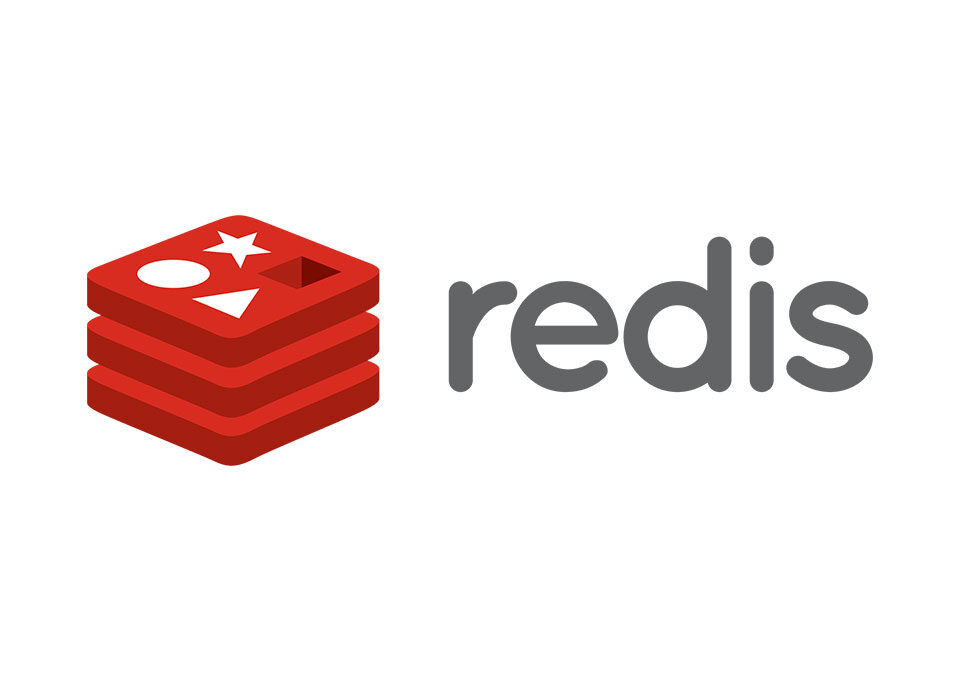
What Does “Defensive Programming” Mean?
27th November 2021
MD5 Algorithm: Complete Guide In 5 Easy Points
10th December 2021Amazon Simple Storage Service (Amazon S3) is an object storage service that offers industry-leading scalability, data availability, security, and performance. Customers of all sizes and industries can use Amazon S3 to store and protect any amount of data for a range of use cases, such as data lakes, websites, mobile applications, backup and restore, archive, enterprise applications, IoT devices, and big data analytics. Amazon S3 provides management features so that you can optimize, organize, and configure access to your data to meet your specific business, organizational, and compliance requirements.
Features of Amazon S3
Storage classes
Amazon S3 offers a range of storage classes designed for different use cases. For example, you can store mission-critical production data in S3 Standard for frequent access, save costs by storing infrequently accessed data in S3 Standard-IA or S3 One Zone-IA, and archive data at the lowest costs in S3 Glacier Instant Retrieval, S3 Glacier Flexible Retrieval, and S3 Glacier Deep Archive.
You can store data with changing or unknown access patterns in S3 Intelligent-Tiering, which optimizes storage costs by automatically moving your data between four access tiers when your access patterns change. These four access tiers include two low-latency access tiers optimized for frequent and infrequent access, and two opt-in archive access tiers designed for asynchronous access for rarely accessed data.
For more information, see Using Amazon S3 storage classes. For more information about S3 Glacier Flexible Retrieval, see the Amazon S3 Glacier Developer Guide.
Storage management
Amazon S3 has storage management features that you can use to manage costs, meet regulatory requirements, reduce latency, and save multiple distinct copies of your data for compliance requirements.
- S3 Lifecycle – Configure a lifecycle policy to manage your objects and store them cost effectively throughout their lifecycle. You can transition objects to other S3 storage classes or expire objects that reach the end of their lifetimes.
- S3 Object Lock – Prevent Amazon S3 objects from being deleted or overwritten for a fixed amount of time or indefinitely. You can use Object Lock to help meet regulatory requirements that require write-once-read-many (WORM) storage or to simply add another layer of protection against object changes and deletions.
- S3 Replication – Replicate objects and their respective metadata and object tags to one or more destination buckets in the same or different AWS Regions for reduced latency, compliance, security, and other use cases.
- S3 Batch Operations – Manage billions of objects at scale with a single S3 API request or a few clicks in the Amazon S3 console. You can use Batch Operations to perform operations such as Copy, Invoke AWS Lambda function, and Restore on millions or billions of objects.
Access management
Amazon S3 provides features for auditing and managing access to your buckets and objects. By default, S3 buckets and the objects in them are private. You have access only to the S3 resources that you create. To grant granular resource permissions that support your specific use case or to audit the permissions of your Amazon S3 resources, you can use the following features.
- S3 Block Public Access – Block public access to S3 buckets and objects. By default, Block Public Access settings are turned on at the account and bucket level.
- AWS Identity and Access Management (IAM) – Create IAM users for your AWS account to manage access to your Amazon S3 resources. For example, you can use IAM with Amazon S3 to control the type of access a user or group of users has to an S3 bucket that your AWS account owns.
- Bucket policies – Use IAM-based policy language to configure resource-based permissions for your S3 buckets and the objects in them.
- Access control lists (ACLs) – Grant read and write permissions for individual buckets and objects to authorized users. As a general rule, we recommend using S3 resource-based policies (bucket policies and access point policies) or IAM policies for access control instead of ACLs. ACLs are an access control mechanism that predates resource-based policies and IAM. For more information about when you’d use ACLs instead of resource-based policies or IAM policies, see Access policy guidelines.
- S3 Object Ownership – Disable ACLs and take ownership of every object in your bucket, simplifying access management for data stored in Amazon S3. You, as the bucket owner, automatically own and have full control over every object in your bucket, and access control for your data is based on policies.
- Access Analyzer for S3 – Evaluate and monitor your S3 bucket access policies, ensuring that the policies provide only the intended access to your S3 resources.
Data processing
To transform data and trigger workflows to automate a variety of other processing activities at scale, you can use the following features.
- S3 Object Lambda – Add your own code to S3 GET requests to modify and process data as it is returned to an application. Filter rows, dynamically resize images, redact confidential data, and much more.
- Event notifications – Trigger workflows that use Amazon Simple Notification Service (Amazon SNS), Amazon Simple Queue Service (Amazon SQS), and AWS Lambda when a change is made to your S3 resources.
Strong consistency
Amazon S3 provides strong read-after-write consistency for PUT and DELETE requests of objects in your Amazon S3 bucket in all AWS Regions. This behavior applies to both writes of new objects as well as PUT requests that overwrite existing objects and DELETE requests. In addition, read operations on Amazon S3 Select, Amazon S3 access control lists (ACLs), Amazon S3 Object Tags, and object metadata (for example, the HEAD object) are strongly consistent. For more information, see Amazon S3 data consistency model.
How Amazon S3 works
Amazon S3 is an object storage service that stores data as objects within buckets. An object is a file and any metadata that describes the file. A bucket is a container for objects.
To store your data in Amazon S3, you first create a bucket and specify a bucket name and AWS Region. Then, you upload your data to that bucket as objects in Amazon S3. Each object has a key (or key name), which is the unique identifier for the object within the bucket.
S3 provides features that you can configure to support your specific use case. For example, you can use S3 Versioning to keep multiple versions of an object in the same bucket, which allows you to restore objects that are accidentally deleted or overwritten.
Buckets and the objects in them are private and can be accessed only if you explicitly grant access permissions. You can use bucket policies, AWS Identity and Access Management (IAM) policies, access control lists (ACLs), and S3 Access Points to manage access.
Bucket policy
A bucket policy is a resource-based AWS Identity and Access Management (IAM) policy that you can use to grant access permissions to your bucket and the objects in it. Only the bucket owner can associate a policy with a bucket. The permissions attached to the bucket apply to all of the objects in the bucket that are owned by the bucket owner. Bucket policies are limited to 20 KB in size.
Bucket policies use JSON-based access policy language that is standard across AWS. You can use bucket policies to add or deny permissions for the objects in a bucket. Bucket policies allow or deny requests based on the elements in the policy, including the requester, S3 actions, resources, and aspects or conditions of the request (for example, the IP address used to make the request). For example, you can create a bucket policy that grants cross-account permissions to upload objects to an S3 bucket while ensuring that the bucket owner has full control of the uploaded objects. For more information, see Bucket policy examples.
In your bucket policy, you can use wildcard characters on Amazon Resource Names (ARNs) and other values to grant permissions to a subset of objects. For example, you can control access to groups of objects that begin with a common prefix or end with a given extension, such as .html. for more information visit xpertlab.com





